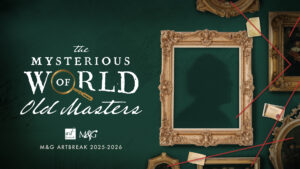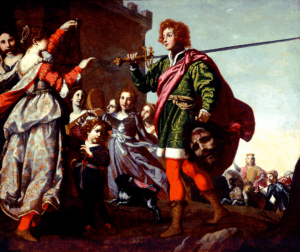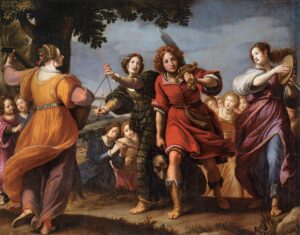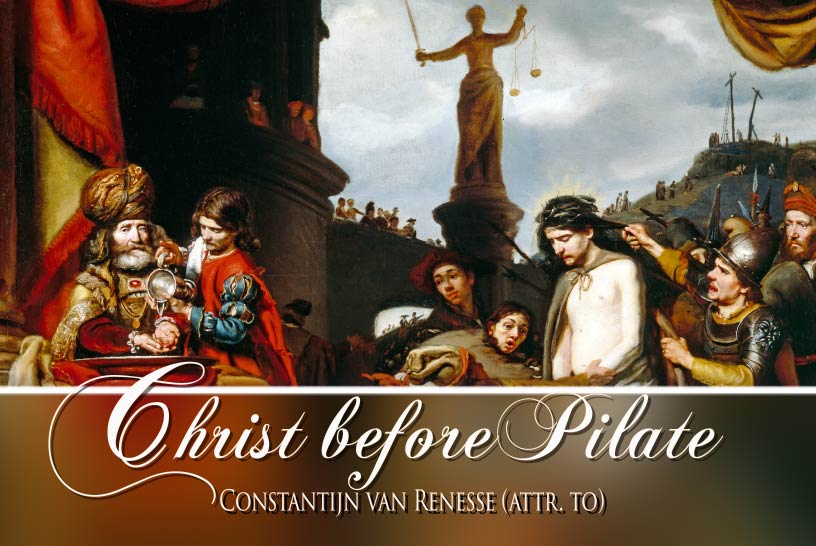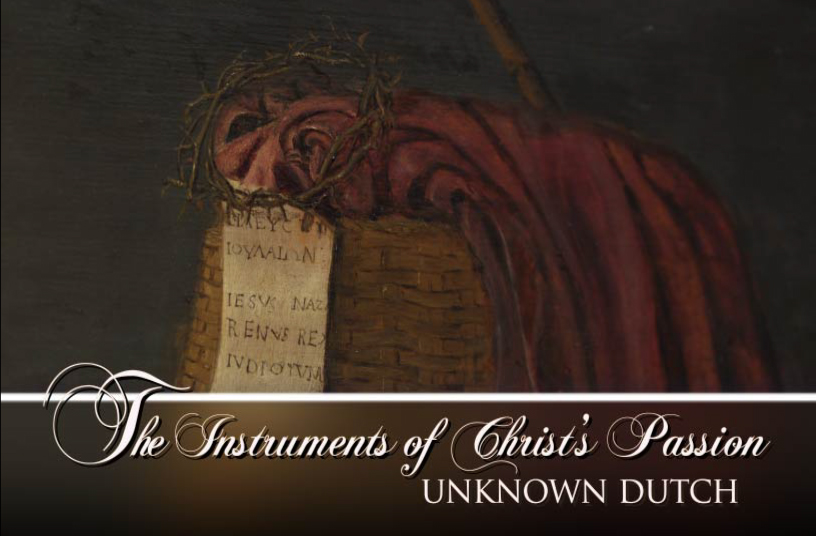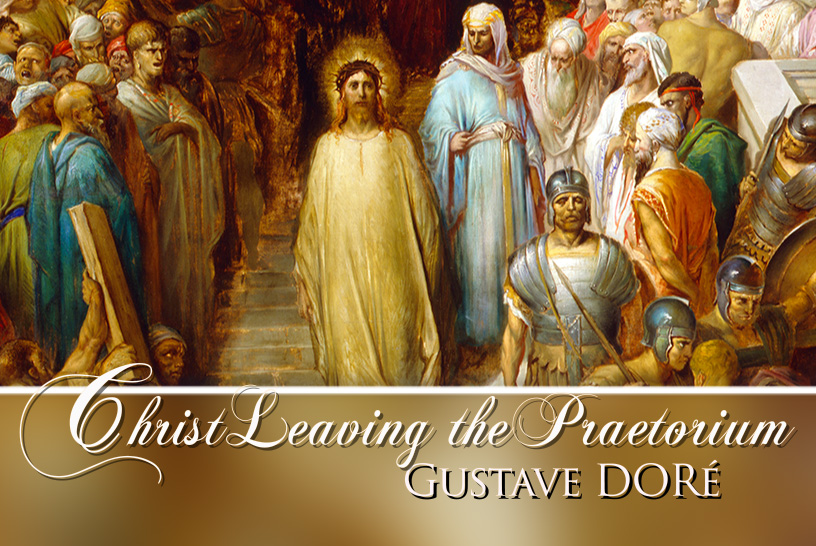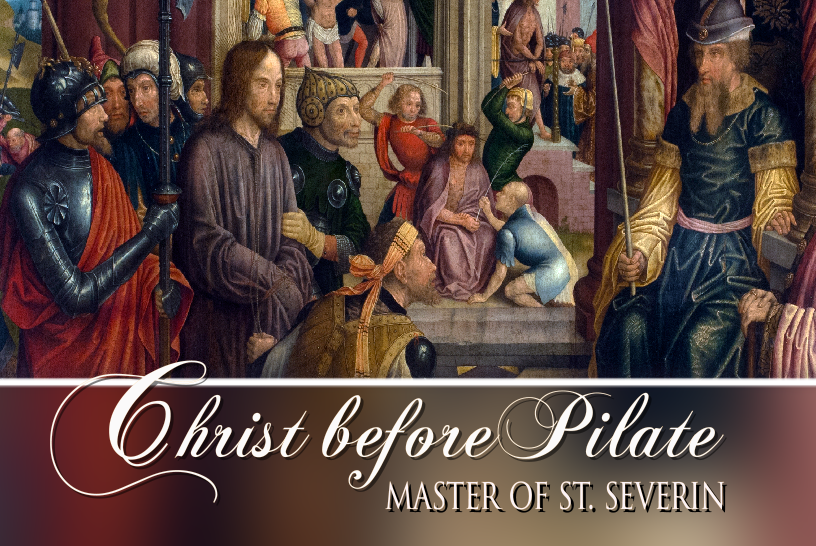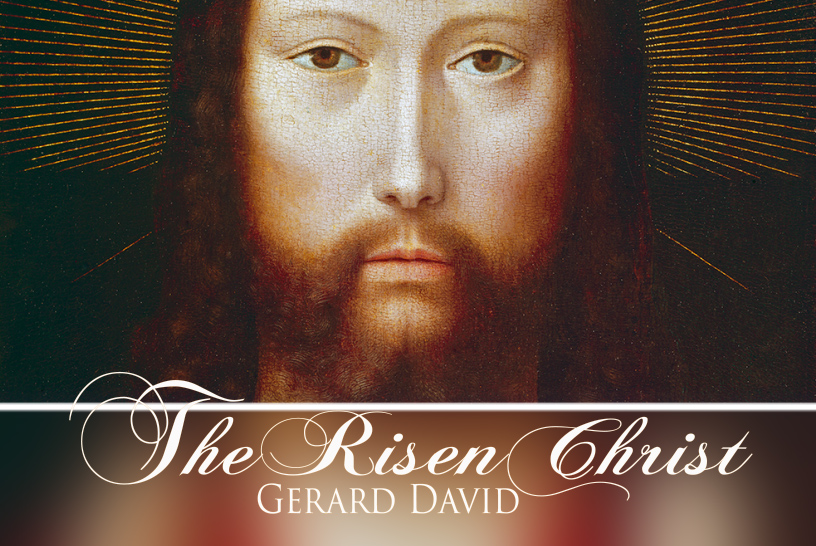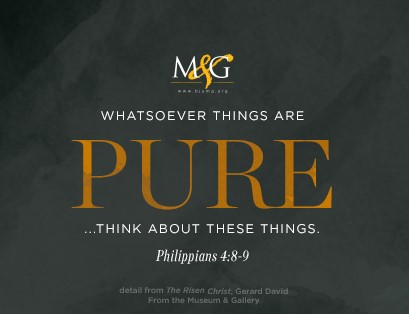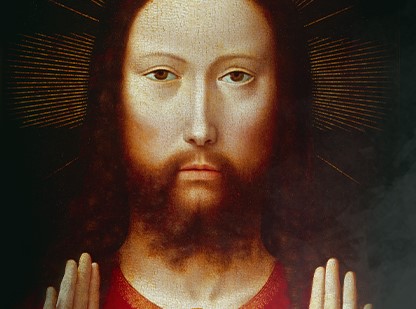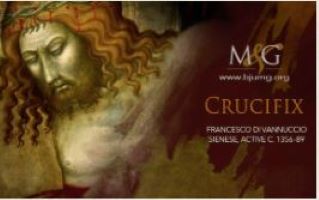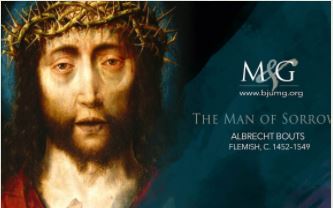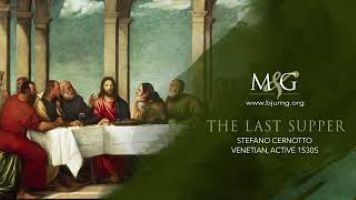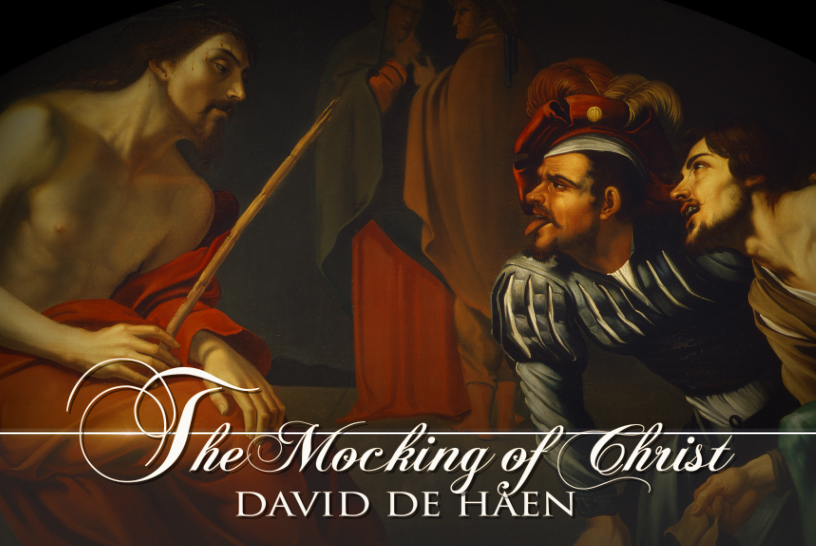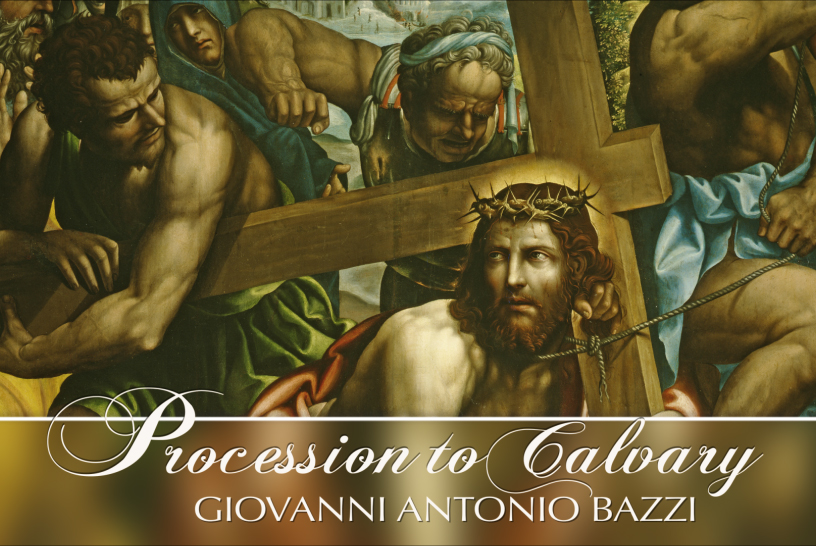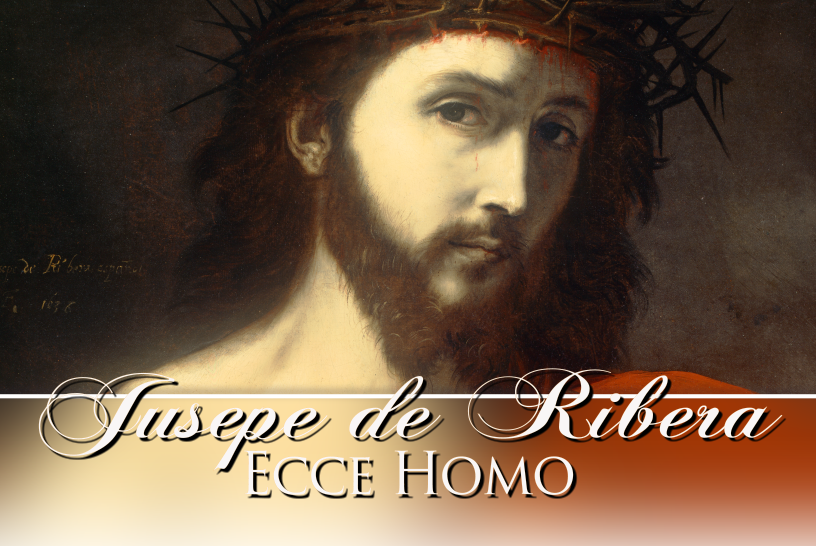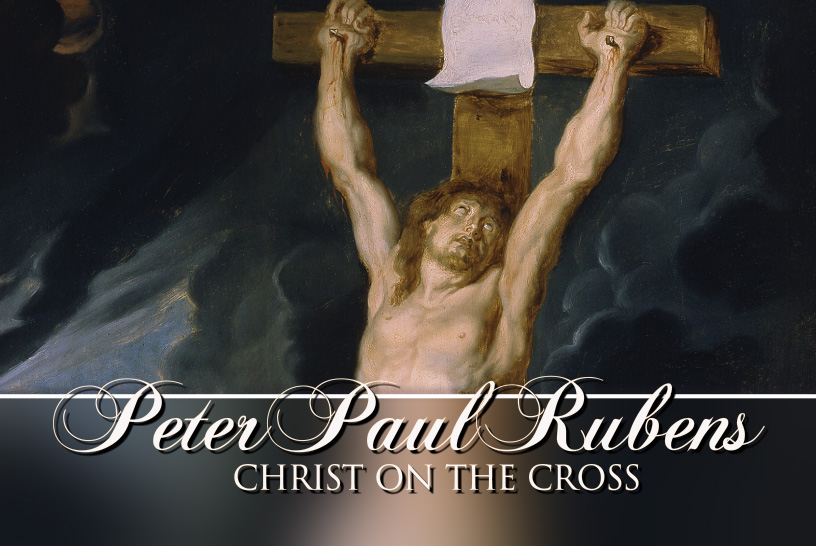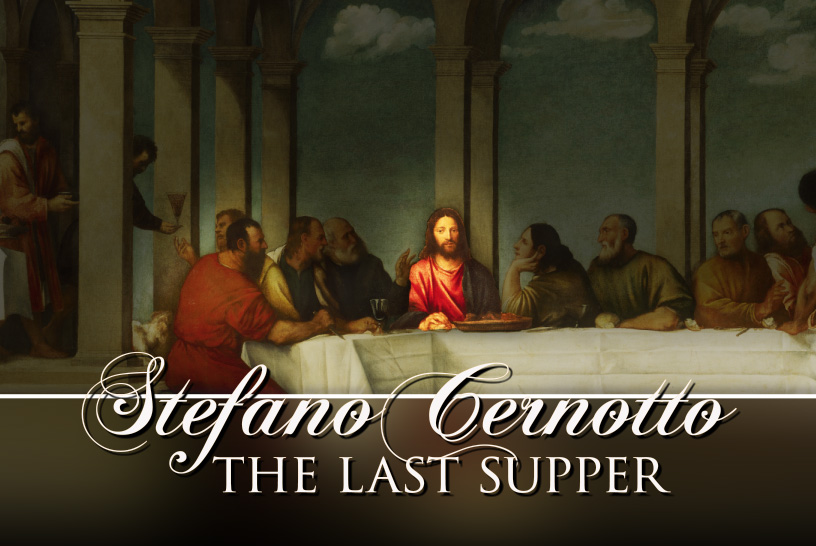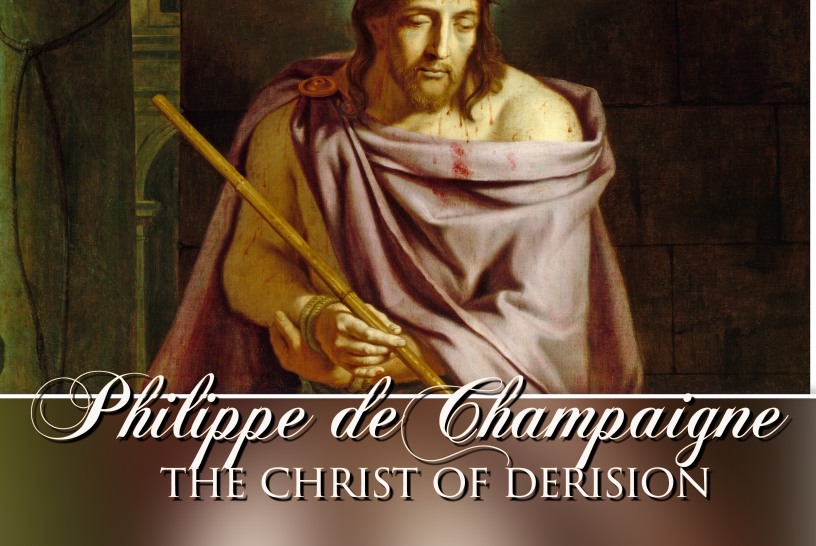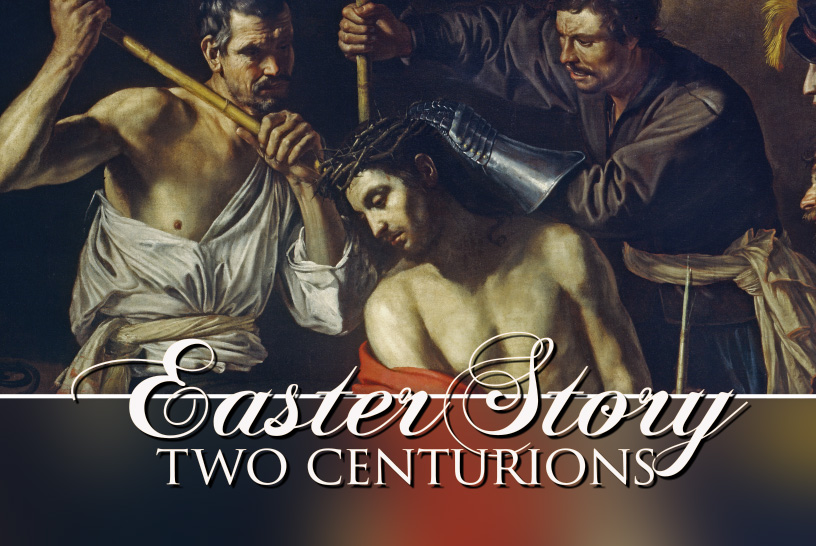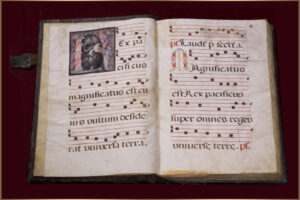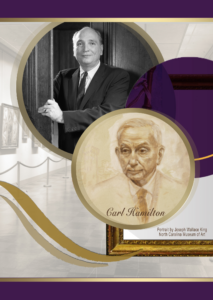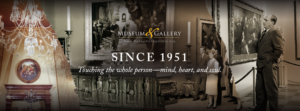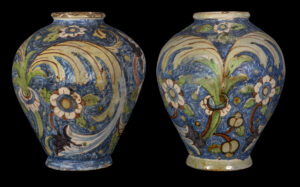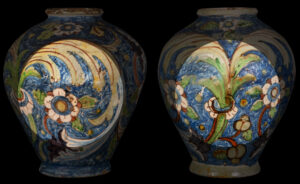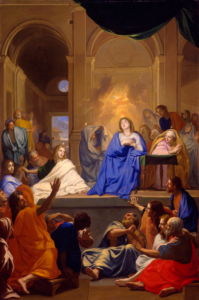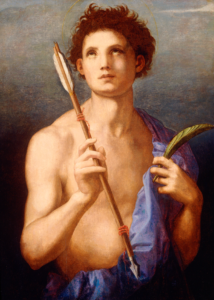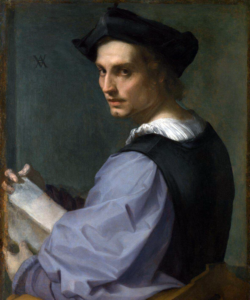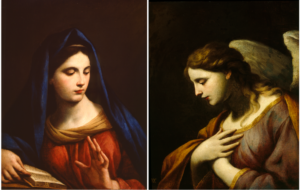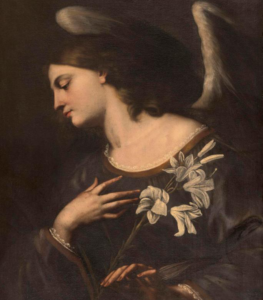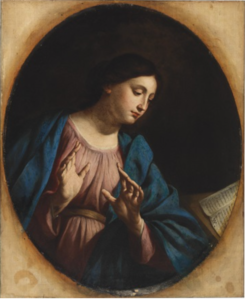ArtBreak: The Mysterious World of Old Masters
Whether you like delving into forensic evidence or prefer observing the patterns of human behavior these lectures are designed to awaken the sleuth in you. Referencing M&G’s collection, we’ll explore some of the “mysteries” of the art world—from the creative to the criminal.
Presented by M&G members, Glenn and Joyce Bridges and with additional support from M&G members, Scott and Kathy Hoster.
Dates: 3rd Tuesdays at Noon, during academic year
Location: The Davis Room, Dixon-McKenzie Dining Common on the campus of Bob Jones University
Parking: reserved spaces will be available in M&G’s parking lot.
Note: AVI Fresh Catering will provide a Deli Bar with the following spread: sliced oven-roasted turkey, roasted beef, and ham, and tuna; a cheese and relish tray; a variety of baked breads and rolls, two green salads, chips, assorted cookies, and beverages.
Cost:
- Member without lunch: FREE
- Member with lunch: $17.00
- Non-member without lunch: $6.00
- Non-member with lunch: $19.00
Registration: Click on the dates below to register.
Fall Lectures:
October 21: The Investigation Begins: Adventures in Auctioneering
What is an Old Master? What makes a painting valuable? Who is the artist? Christopher Apostle, International Head of Old Masters at Sotheby’s, will begin our exploration with examples and stories laying the foundation for uncovering clues that unlock some of these “mysteries.”
November 18: Who Did It?
Prior to the 15th century, artists were primarily viewed as anonymous craftsmen, but with the dawn of the Renaissance their role and influence began to change. Artists became more diligent in signing their work, and now hundreds of years later we can easily identify the painter of a masterpiece—or can we? This week John Nolan will look at the treasure trove of clues that may be found on the front (recto) and back (verso) of a painting—clues that can help us discern differences among original variations, legitimate copies, and studio versions of “a masterpiece.”
December 16: Lost Masters
Register for lunch by Noon on Friday, December 5.
Connoisseurship can play a vital role not only in the authentication of a masterwork but also in the rediscovery of a great master. This week, M&G Director of Education Donnalynn Hess and M&G Executive Director Erin Jones will look at how the obsession of one 19th-century collector led to the rediscovery of an “obscure Dutch painter” named Vermeer. We’ll also highlight some of the secrets related to “gems” in our M&G collection.
Spring Lectures:
February 17: Gathering Clues
Register for lunch by Noon on Friday, February 6.
Conservation encompasses both the restoration and preservation of a collection. This week, conservator William P. Brown, a leader in the field of art preservation and an expert in the treatment of Old Master paintings, will share the artistic, creative, analytical, and problem-solving skills he uses in this fascinating “investigative” work.
March 17: What Lies Beneath
Register for lunch by Noon on Friday, March 6.
Why do artists abandon a work in progress, paint over a previous image or alter their original composition? The reasons are sometime financial, artistic, political, or simply unknown. With a special focus on Florentine painter Andrea del Sarto, Dr. Nelda Damiano, the Pierre Daura Curator of European Art a the Georgia Museum of Art, will look at what has been uncovered about his artistic process and what remains a mystery.
April 21: Art of the Con vs. Art as Business
Register for lunch by Noon on Friday, April 10.
Forgery is a process, not just of imitation, but of deception. It’s in the art of the con—the ability to manipulate others for personal and material gain. This week, M&G Director of Education Donnalynn Hess and Executive Director Erin Jones will zero in on several of the 20th-century’s most notorious forgers. We’ll also explore how the business of art serves not only to authenticate the legitimate value of a masterwork but also to unmask “the art of the con.”
